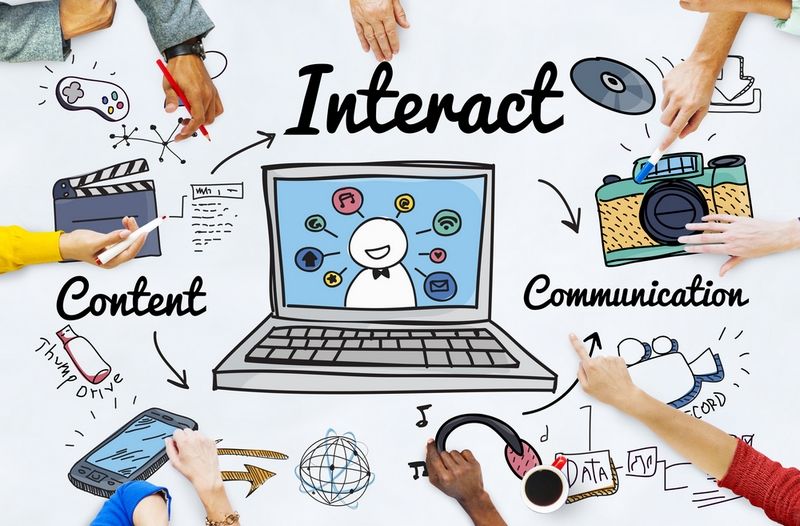Digital Trends 2017 Part 2: Interactive Content
By Tomahawk on

Our big prediction for 2017 is the rise of interactive content. Gone are the days when internet users are happy consuming just big chunks of text. The popularity of infographics started a trend towards content that uses imagery. This year, we will see people wanting to interact more with content – possibly by choosing different paths in that content.
A good example that would bode well for the travel industry is the use of maps. Ahrefs recently published an article related to this, showing how it can be used for link building. It doesn’t have to be overly complicated and can focus on the following: data/research, trending topics, pop culture, funny facts and fully interactive maps.
Another form of interactive content users are just consuming like mad are those that offer a more personalized experience. Quizzes and polls allow users to input information and receive something crafted just for them (or it may seem that way). Websites like Buzzfeed have greatly benefited from this type of interactive content. Used in the business context, it is actually a great way to learn more about your demographic with users freely giving information about themselves and their particular interests.
There are many tools available online to help you create interactive content. Playbuzz, Ceros, SnapApp and Ion Interactive can help bring your ideas to life.
If you plan on experimenting with interactive content, gauging the success of your pieces is relatively easy. There are three main metrics you can look at: reach, engagement and amplification. Reach basically refers to how many visitors interacted with your content. Are they viewing your posts? Are users taking your quizzes?
Engagement, on the other hand, goes further by looking at completion and bounce rates. Multi-phase content such as quizzes can help you identify which questions they stop at and how you can improve your content even better. Is your quiz too long? Are your questions too complicated?
Finally, amplification looks into the social aspect of your content. Are people sharing your interactive piece? Is it being liked on Facebook or re-tweeted on Twitter? This can be a good indication that you have a catchy title or an interesting topic.
As a caveat, we want to remind everyone that while interactive content can be super effective at getting links, grabbing attention in social media and driving actual visitors to your website, it is important to align it with your brand. Do not publish interactive content for the sake of creating content. If you’re running a travel business, create travel-inspired content. Test it out and see if it’s a good fit for your brand. Does it translate into actual sales or are you happy with just using it for brand building? Like any marketing strategy, it takes effort and may have cost implications, as such it needs to be well thought out before implementation.
Talk to Tomahawk today for your content strategy and how we can explore interactive content as part of your 2017 plans.
Read more articles
5 Ways Effective Branding Will Boost Your Bookings
By Tomahawk |

Operating a tourism business can be extremely competitive! Standing out is key to attracting visitors and driving bookings. While offering exceptional services and experiences is crucial, effective branding can often be the...
Tomahawk to Lead Rebranding Strategy for Tonga Tourism Authority
By Tomahawk |

In a significant move to revitalise Tonga's tourism sector, the Tonga Tourism Authority (TTA), with support from the Market Development Facility (MDF), an Australian and New Zealand Government-funded programme, has announced its...
